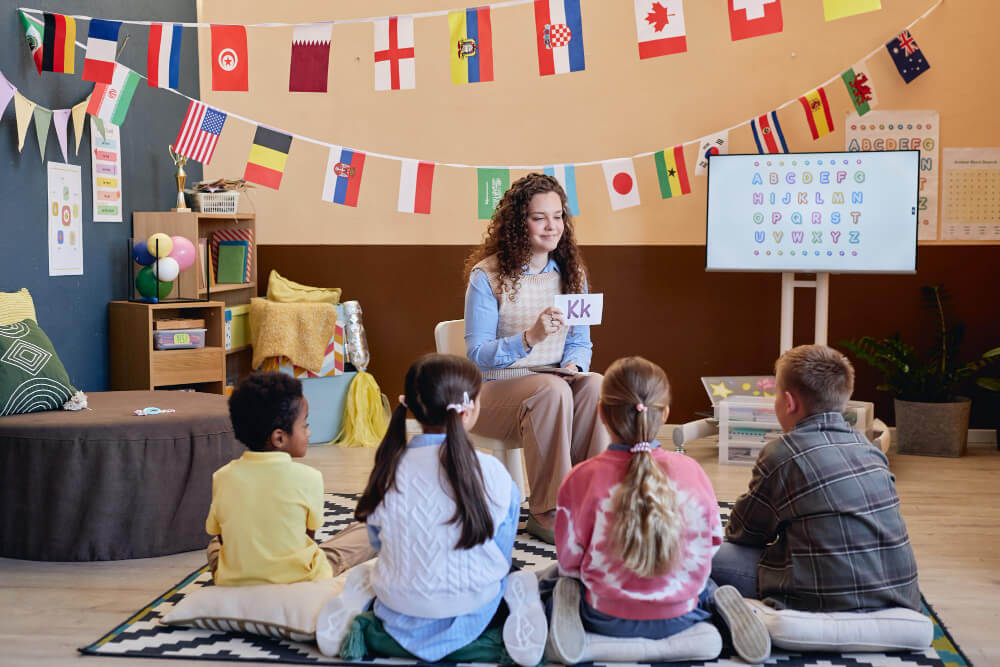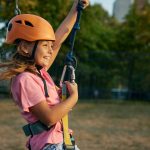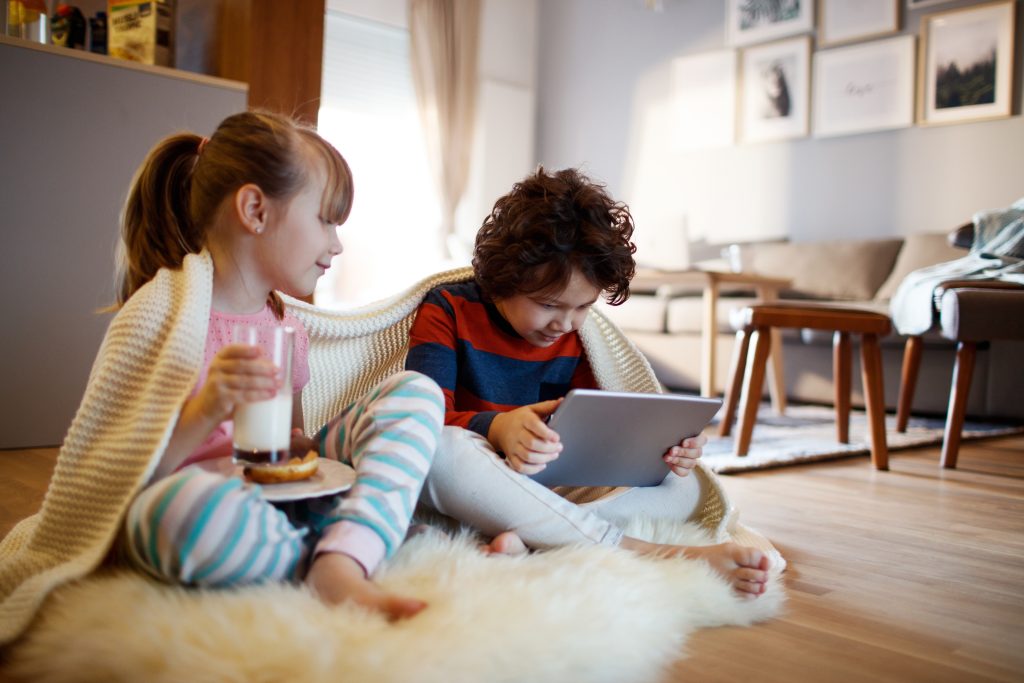International curricula often prioritise global themes, but when learning feels detached from the world outside the school gates, student engagement can falter. Many educators recognise the value of relevance in their planning but may hesitate to incorporate local content due to concerns about coverage, bias, or curriculum alignment. The result? Missed opportunities to ground abstract concepts in the lived experiences of students and the communities they live in.
Integrating local culture and history into lessons can transform student understanding, connecting global issues to the stories, places, and people around them. Whether it’s comparing architectural styles, analysing regional environmental changes, or exploring local folklore in literacy units, the outcomes are consistently powerful. When students recognise their host country in the curriculum, they’re more likely to develop empathy, curiosity, and a genuine sense of place. This article outlines practical strategies to bring local context into your planning while meeting international standards.
Why Local Context Matters in International Classrooms
Local culture and history provide powerful, real-world connections that help students make sense of broader concepts. When international students learn about where they live, they gain a deeper appreciation for their host country and its people. For local students, seeing their own stories reflected in the curriculum fosters pride and reinforces cultural identity.
Consider a humanities unit on migration. Teaching this solely through global case studies can feel abstract, but anchoring the discussion in a local context, such as examining historical patterns of movement in Southeast Asia or interviewing community members about relocation, brings the topic to life. It becomes more than a textbook theme; it becomes personal, relevant, and memorable.
This approach also supports intercultural understanding within diverse classrooms. Exploring Thai festivals, for instance, allows international students to develop respect for local traditions, while inviting Thai students to take on the role of expert. In this way, cultural context becomes a bridge, rather than a barrier, to deeper engagement.
Tapping into Local Geography and Landmarks
Local culture is limited to festivals or traditions; it’s also about the place. Incorporating geographic and historical features into lesson plans helps students build a tangible connection to the world around them. This kind of learning feels grounded and relevant, especially for students who may have limited prior knowledge of their current location.
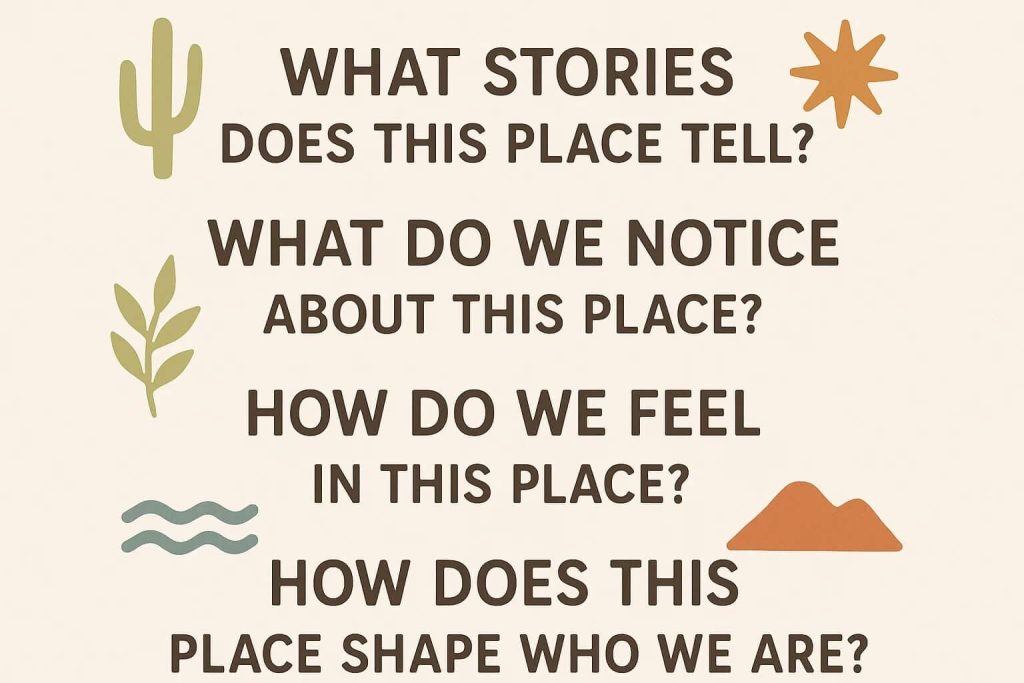
Using the Local Environment as a Learning Resource
Instead of abstract maps or faraway case studies, consider:
Fieldwork opportunities: Plan a science or humanities lesson around a visit to a nearby canal, temple, or park. Observe environmental changes, document plant biodiversity, or explore historical usage of land.
Cross-curricular learning: For instance, a mathematics lesson can use public transport routes to explore measurement and distance, while a history class may trace the development of a local neighbourhood.
Digital Exploration When Field Trips Aren’t Possible
When logistics limit physical visits, use tools like Google Earth, community-created photo maps, or virtual museum exhibits. Even something as simple as analysing local news stories or interviewing a community elder via video can offer a rich, culturally grounded lens for learning.
Embedding Cultural Perspectives Across the Curriculum
Local culture can enrich learning across a range of subjects when approached with intention. Integrating cultural viewpoints into different disciplines not only deepens understanding but also helps students appreciate diverse ways of thinking.
Consider how cultural and historical context might enhance:
Literature
- Pair international novels with local folktales or modern Thai short stories.
- Analyse storytelling techniques and character development through different cultural lenses.
Mathematics
- Explore traditional patterns, such as rangoli or batik, to introduce symmetry and geometry.
- Use local markets or currency conversions for real-life numeracy applications.
Science
- Discuss traditional ecological knowledge, such as how communities adapt to seasonal changes or manage natural resources.
- Compare traditional herbal medicine practices with modern biology.
Encouraging Reflection and Dialogue
Invite students to reflect on how their own background influences the way they interpret information. Prompts like “How might someone from a different cultural perspective see this topic?” can build empathy and critical thinking. For international schools in particular, this kind of reflection supports intercultural understanding, which is an essential part of global citizenship.
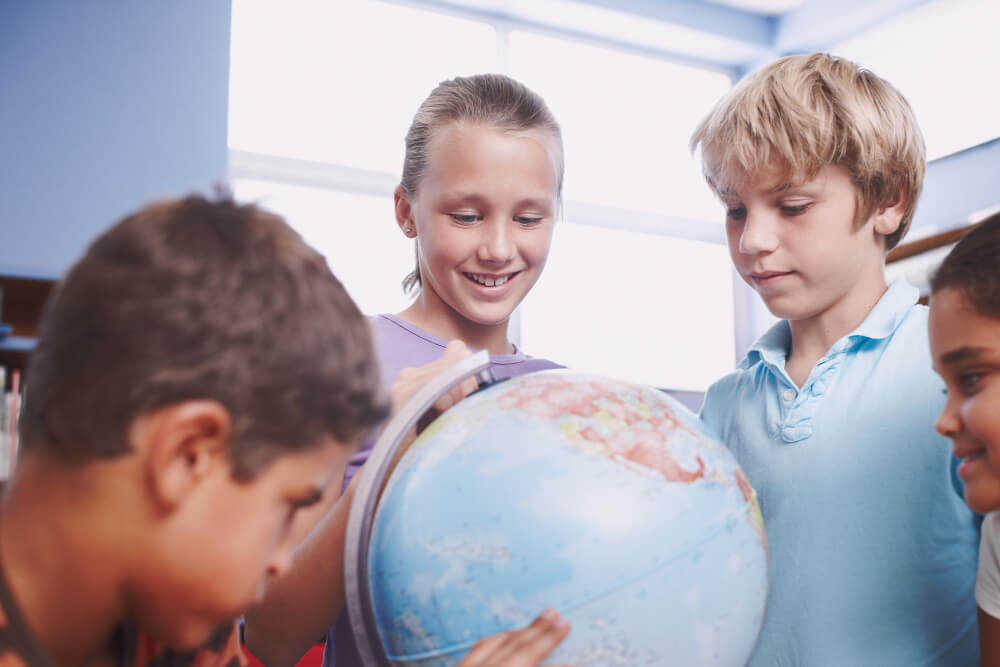
Building Authentic Learning Experiences Through the Community
Bringing local culture into the classroom is most impactful when it’s grounded in real people, places, and stories. Connecting with the community offers students a chance to see how history and culture shape the world around them, not just in textbooks, but in everyday life.
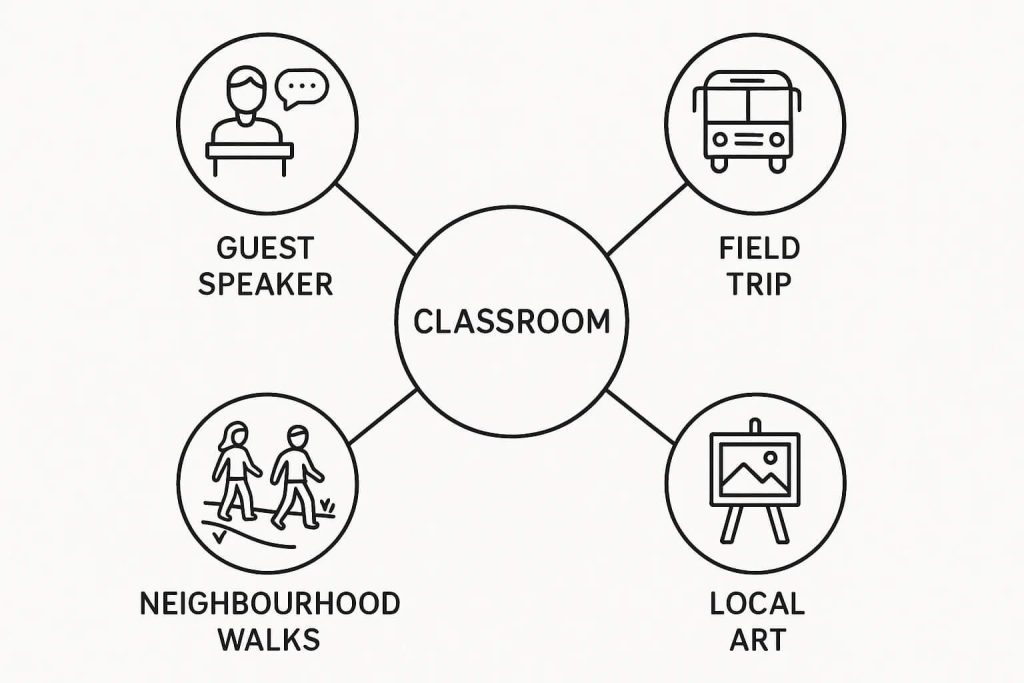
Use Fieldwork to Bring Learning to Life
Site visits, guest speakers, and local case studies can turn abstract ideas into lived experience:
Local landmarks: A visit to a historical temple, market, or museum allows students to explore how spaces reflect social and cultural change.
Neighbourhood walks: Younger students might observe architectural styles, public art, or community rituals as part of an inquiry-based unit.
Guest speakers: Invite local artists, historians, or elders to share their knowledge. A personal story can have far more emotional impact than a written source.
By making the community part of the curriculum, students learn to ask deeper questions: Who decides what stories are told? Whose voices are missing? How do we honour local knowledge in respectful ways?
Creating Culturally Rich Classrooms That Inspire
Integrating local culture and history into lesson planning is about helping students develop a stronger sense of place, identity, and perspective. By weaving in community voices, cultural narratives, and historical context, educators can nurture global citizens who are also deeply connected to the world immediately around them.
For more strategies that support meaningful, student-centred learning, explore the global educator resources available at AISL Mall.
